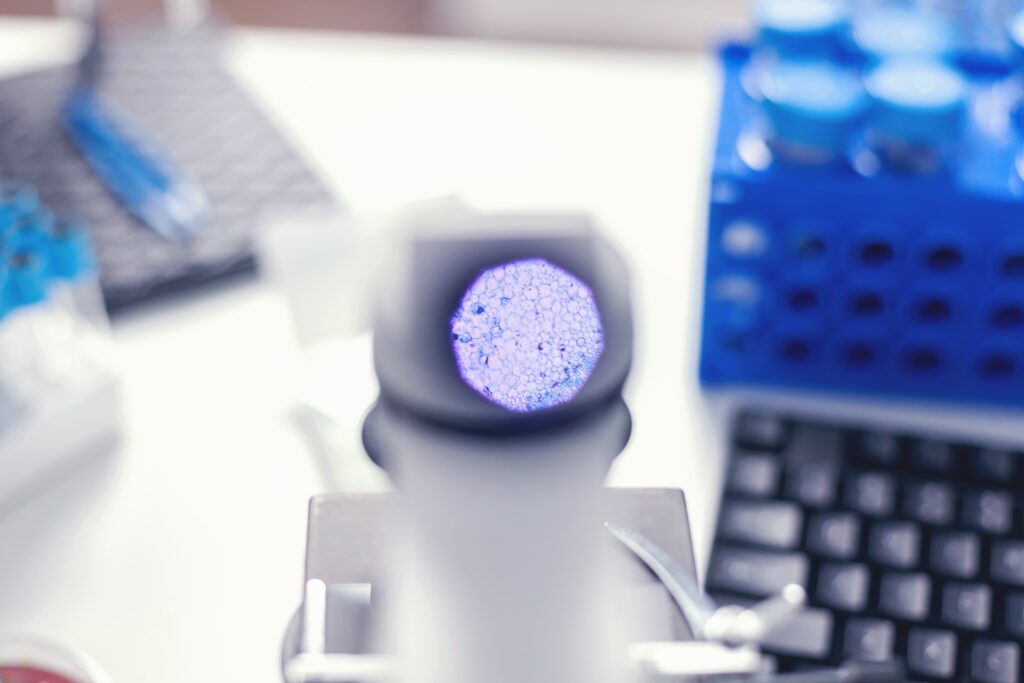AI and AFM deliver real-time macrophage phenotyping
Study combines AFM and deep learning to map macrophage polarisation states, promising breakthroughs in precision medicine.

Macrophages drive immune responses, including inflammation, tissue repair, and tumour growth. Identifying their polarisation states is key for diagnosis and immunotherapy, but current methods, such as RNA sequencing and flow cytometry, are expensive, slow, and unsuitable for real-time use.
Atomic force microscopy (AFM) has emerged as a powerful tool for decoding mechanobiological signatures of cells. Combined with AI, AFM data can be rapidly analysed, but macrophage phenotyping has been relatively underexplored using this approach.
Researchers led by Prof Li Yang at the Shenzhen Institutes of Advanced Technology have now developed a label-free, non-invasive method combining AFM with deep learning. The system accurately profiles human macrophage mechanophenotypes and identifies polarisation states in real-time.
The AI model was trained on well-characterised macrophage subtypes and validated using flow cytometry. Results showed that pseudovirus stimulation mainly produced M1 macrophages, with smaller populations of M2 and mixed phenotypes, closely matching the model’s predictions.
The study, published in Small Methods, offers a promising diagnostic tool that could be extended beyond macrophages to other cell types. It could support new approaches in cancer, fibrosis, and infectious disease diagnostics based on mechanophenotypes.
Would you like to learn more about AI, tech, and digital diplomacy? If so, ask our Diplo chatbot!

